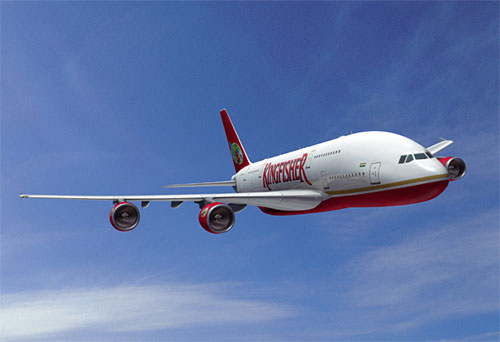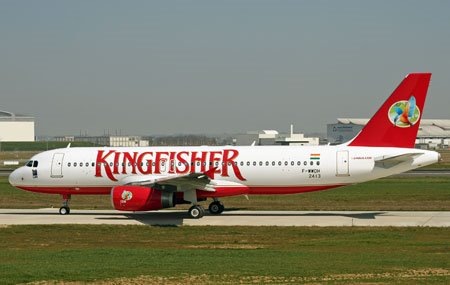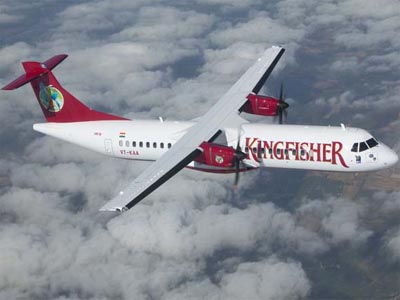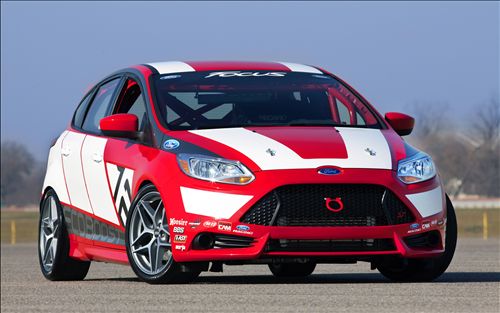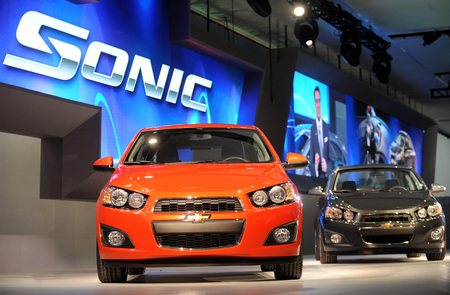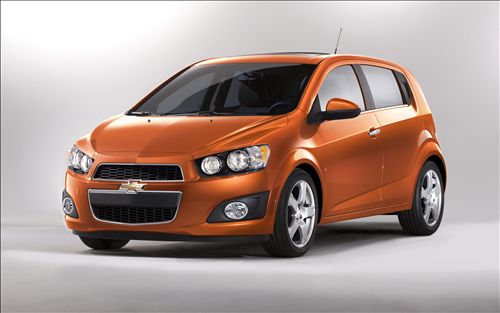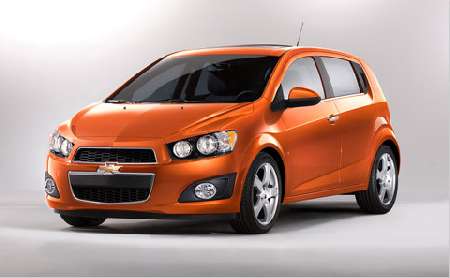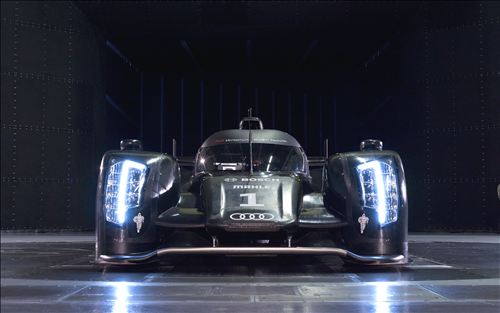There's a new member of the racetrack-inspired BMW M club – the BMW 1 Series M Coupe. While the compact 2-door might be pitched at a broader "everyday use" market than its predecessors, fans who fear the diluting of the M series pedigree need not worry, as high-performance is still high-priority. The M Coupe packs a 250 kW/340 bhp punch from its in-line 6-cylinder TwinPower Turbo petrol engine (that's 25% more than the original M1 produced in the late 70's) and reaches 62 mph (100 km/h) from a standing start in 4.9 seconds.
The automotive luxury and performance markets have traditionally been based around larger automobiles, and we're not entirely sure why. It's understandable that the luxury market might have some sort of "bigger is better" thing happening, but the performance market should logically be seeking smaller and lighter vehicles as its basis - smaller cars have less frontal area, change direction more easily, stop better, accelerate harder for the same power, and handle better into the bargain.
It's hence not all that much of a stretch that the M-Technik logo should finally grace the 1 Series Beemers, particularly when you consider that the entire BMW range can now be purchased in M configuration.
It's also interesting to see BMW attempting to skirt around the use of the M1 name. The original M1 was a far cry from this vehicle, and though it should logically inherit the name to complete the nomenclature protocol established three decades ago, it's unlikely given the heritage which BMW attaches to the legendary M1 homologation special of the late seventies which was built by Lamborghini for BMW.
Just as the 1 series gives aspiring BMW owners an entry level, the new BMW 1 Series M Coupé paves the way for a wider audience to appreciate M car ownership when it goes on sale in May 2011.
The 1 Series M Coupé has at its heart a high revving, in-line six-cylinder engine with twin turbocharger, direct injection technology and double VANOS variable valve timing, enabling it to develop a maximum output of 340 hp. This offers the remarkable acceleration performance of 4.9 seconds from zero to 62mph (0-100 km/h) and turbo lag has been minimized by using small turbos that remain active at low engine speeds (and hence exhaust pressures), so there's no delay in getting the power to the rear wheels when you stick your boot in - and there's plenty available as the maximum torque of 450Nm is produced from as little as 1,500rpm all the way to 4,500 rpm. This figure can be increased by another 50Nm when the car is under full throttle by means of an overboost function.
The advantages of a high performance motor in a small body become obvious on the racetrack - BMW expects the new M1 (there, we've said it), to be significantly faster around the Nürburgring Nordschleife than the previous generation E46 BMW M3.
The engine management system offers two performance curves: in standard mode the M1 offers a torquey, easy-to-drive street car, while activating the M Dynamic Mode (MDM) using the button on the steering wheel, the engine immediately becomes a fire-breather.
The cooling system of the BMW 1 Series M Coupé has been designed for constant high load, high speed track driving, through the use of an additional separate radiator and a specific air duct to deal with the increased thermal stress which can occur when driving in a particularly sporty style on the race track.
The efforts made in optimizing performance and efficiency are also reflected in a newly developed dual-mass flywheel. Its lightweight construction benefits the engine's efficiency and it also has an increased solidity which is able to cope with the six-cylinder engine’s high level of torque.
In addition, EfficientDynamics measures such as brake energy regeneration and needs-based control of auxiliary units ensure that recorded combined fuel consumption is 29.4mpg and CO2 emissions are 224g/km.
The BMW 1 Series M Coupé is only offered with a six-speed manual transmission, specially designed to work with high-torque engines. This newly developed transmission is operated using a very short-shift M gearshift lever.
The chassis of the BMW 1 Series M Coupé has been tested using BMW M GmbH's racing-oriented development process, and uses numerous key components, originally conceived for the BMW M3, have been modified for use in this car.
Light weight is of course vital and the latest M car tips the scales at 1,495kgs courtesy of the extensive use of aluminum. The double pivot front axle and the five-link rear axle are made almost entirely of aluminum. Tubular stabilisers, axle links made of forged aluminum and aluminum shock absorbers round off the lightweight construction concept.
With chassis technology derived directly from motor racing, a power-to-weight ratio of 227 hp/tonne has been achieved. The footprint of the car is bigger than a standard BMW 1 Series Coupé with it being 55 mm wider than the BMW 135i Coupé. The width of 1,803 mm is the result of optimization of the front and rear axle to enhance driving dynamics.
As standard, BMW 1 Series M Coupé comes with Variable M differential lock, compound brakes, DSC with MDM and M Servotronic. The Variable M differential lock responds to differences in rotational speeds in the rear wheels, redirecting torque within a fraction of a second for optimum traction and maximum thrust on slippery surfaces and when accelerating out of bends.
The M-specific compound high-performance brake system of the BMW 1 Series M Coupé uses inner-vented and perforated discs with a diameter of 360mm at the front and 350mm at the rear, providing impressive stability even under extreme stress, as well as being extremely light.
Rack-and-pinion steering is fitted with Servotronic hydraulic power steering while the Dynamic Stability Control system that includes elements such as an anti-slip control function (ASC), the brake assistant Dynamic Brake Control (DBC), a drive-off assistant, Cornering Brake Control (CBC), an anti-fading function and a dry brake function is also standard. The driver can activate M Dynamic Mode (MDM) on the instrument panel, raising the point at which the driving stability control system intervenes.
The BMW 1 Series M Coupe goes on sale in May 2011 priced at GBP39,990 plus on road costs.
Source: gizmag





BMW's new 1 series M












